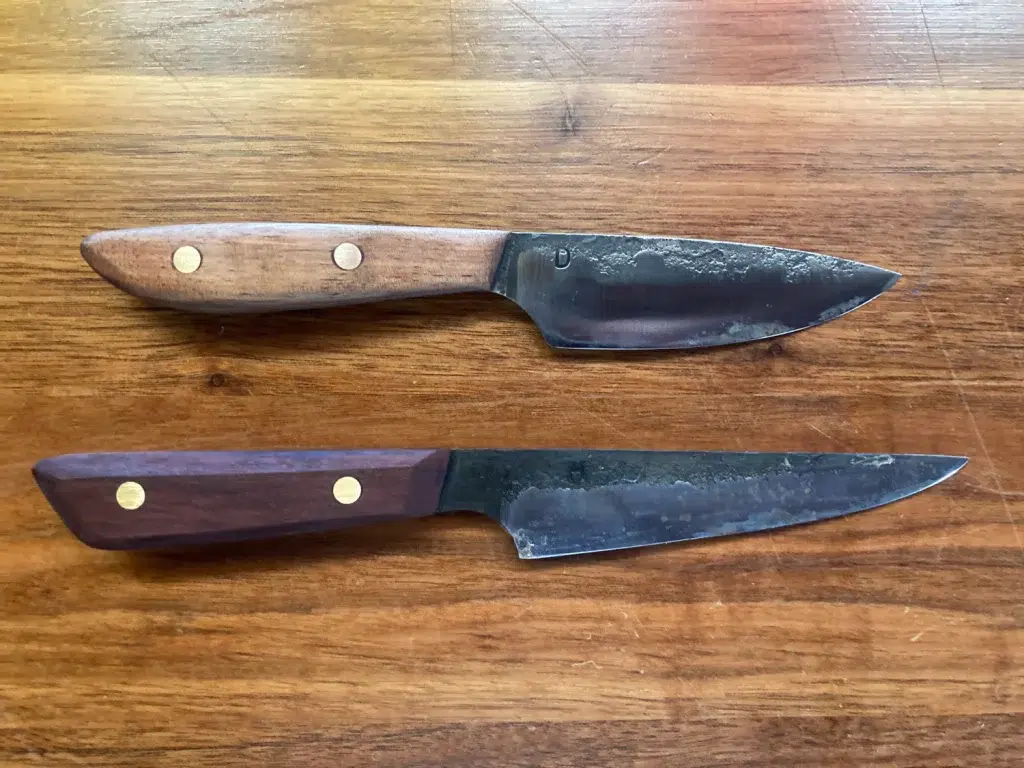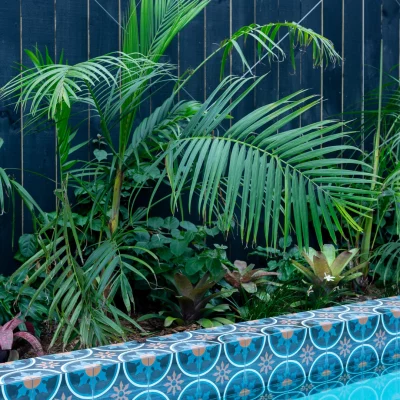No one would ever recommend starting a business based solely on principles and without a business plan, but that’s exactly what we did with Collective by Box. We wanted to build more than just a business, something that would be about creative people and artisan craft. We thought about offering a community platform that was not just dedicated to creating beautiful things, but also to bring people together, to foster collaboration and creativity, and to provide an opportunity for artisans to showcase and share their ingenuity.
Solomon, a.k.a the Solo Blacksmith, is the perfect artisan for CBB. He is a creative who works with his hands, skilled in forging, metalwork, wood-turning, and ceramics. He also makes a damn good vegetarian lunch. On a summer Saturday in January, he welcomed four slightly anxious novice forgers into his humble workshop, to see what they could create with a finger of steel, heat, timber, brass and a rather large hammer…
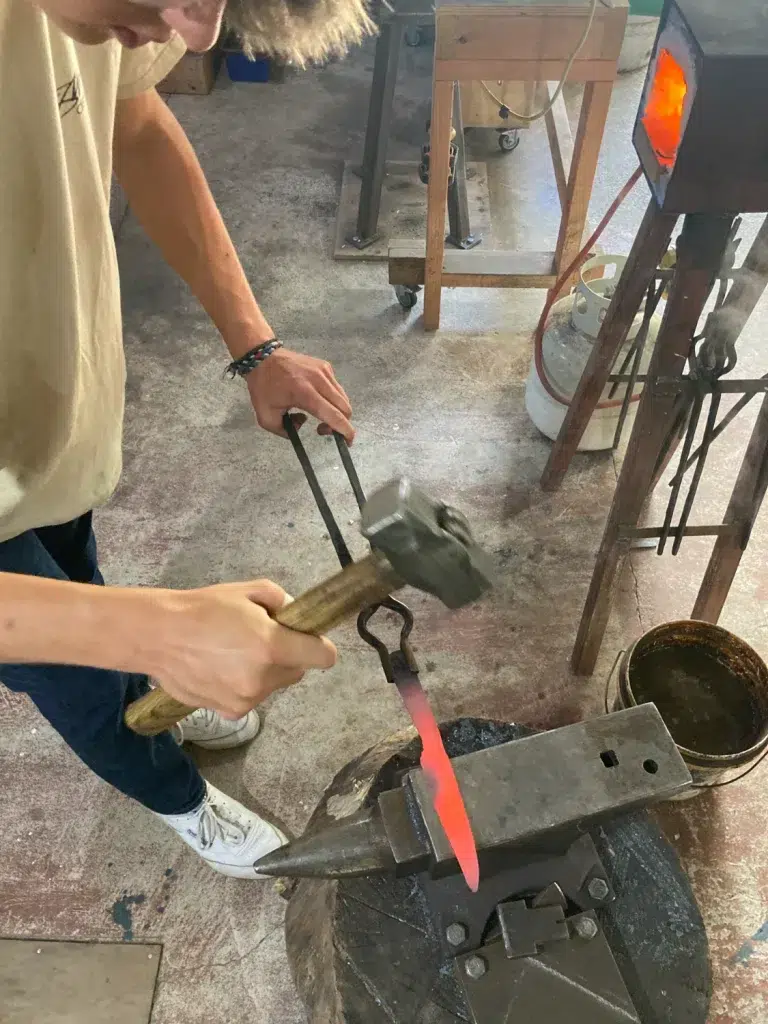

One of my design idols is Vitruvius, a Roman architect and engineer who lived in the 1st century BCE. He is best known for his treatise “De Architectura”, which outlines the principles of classical architecture and can be applied to design in general. One of the key ideas in his work is the concept of Firmitas, Utilitas, and Venustas. Firmitas refers to durability and stability, Utilitas to functionality and usefulness, and Venustas to beauty and aesthetic appeal. Vitruvius believed that design should embody these three qualities in equal measure.

Box™ has designed and built homes for nearly 15 years and today’s principles might be summed up as Novitas (novelty, strangeness), Frugalis (thrift) and Celeritas (haste). Designers are no longer Crafters. The process has become so complicated, specialised and regulated that designers and builders are at different ends of the spectrum, where once upon a time they were one and the same. Nowadays they project manage teams of specialists and consultants to create homes from exotic, processed materials to produce buildings with little sense of place – homes that look like they could be built in any country around the world.
Beautiful buildings and objects are intrinsically sustainable: they are loved, adapted, re-used and therefore endure. Despite a hundred years of technological process, on a global level we seem to fail on all of these points by building houses that decay, are un-adaptable or fall out of fashion, outlived by buildings that are decades or centuries older, built by craftspeople. But enough of that, back to knives.
You can purchase a handmade knife from Solomon for around $200. Or you can spend a day making one yourself for $250. Once you make your own knife, you will never look at another knife the same way. You will have a totally different appreciation of such a humble tool. You will know it intimately, having heated, hammered and hewn every precious millimetre of handle and blade. You will love its imperfections as much as you are amazed and proud that, with no experience, you were able to do a Thing! You gave birth to a tool, something that will be useful for many, many years to come. And because it is your progeny, you will admire it, sharpen it, and maintain it as it ages, for years to come. No other knife in the drawer will get as much attention or hold such a story.
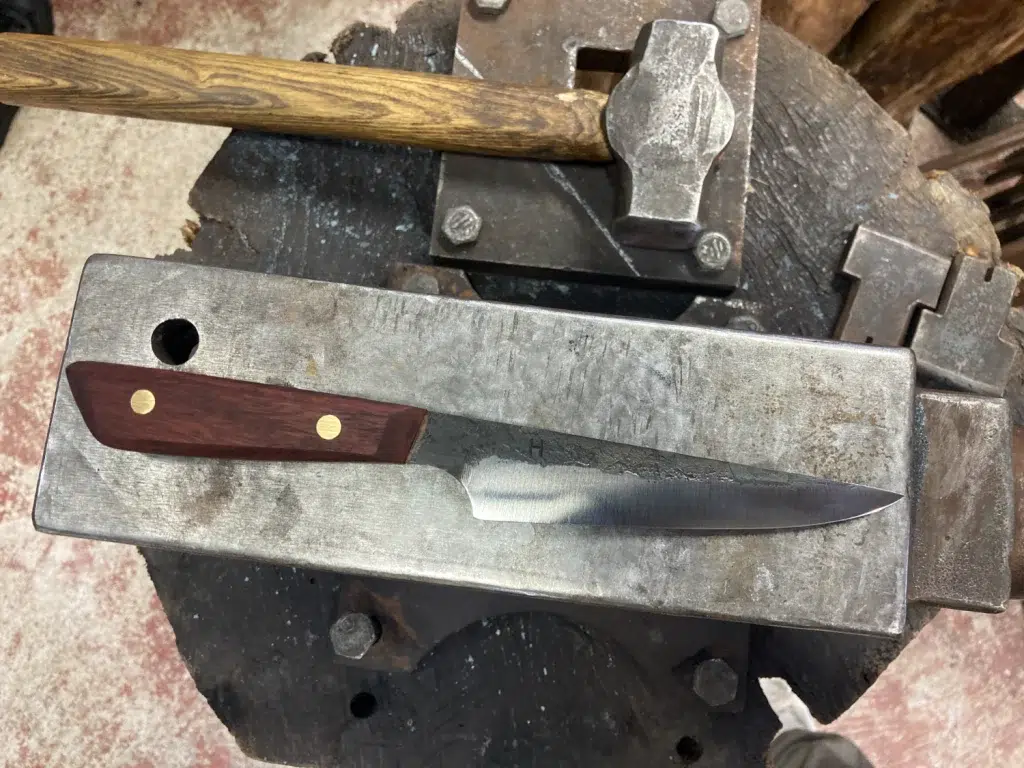
It is also a classic example of learning through doing – you cannot learn how to do this stuff in a book. Yes, Solomon gives you a bit of a demonstration and jumps in from time to time to finesse your blade as it melts onto the anvil, but ultimately you ‘feel’ it out. And without fail, those who thought they were creative and those who thought they were all thumbs, are equally amazed at the end result. The experience creates a surprising attachment to the thing you produce.
In a similar vein, it appears to me that modern methods of architecture and construction prevent us from creating homes and places to which we as humans feel an attachment. The industrial revolution enabled mass manufacturing, and the availability of inexpensive energy allowed us to import pre-manufactured materials from all over the globe. Our obsession with efficiency, speed and novelty blinds us to past learnings of what makes homes and places work for people. We tend to plan things quickly and on a large scale, rather than taking a slower, more iterative approach and refining outcomes through continual feedback and the guidance of a master craftsman.
Eight or nine hours later, feeling a little dazed and somewhat tired, we applied a final coat of linseed oil to the handles. We could easily have spent a few more hours shaping and polishing, but one of the difficulties of any creative process is knowing when to stop. For the four of us, each knife was unique and highly personal despite being crafted from an identical piece of spring steel. Without a doubt, they all share a common beauty, functionality and durability.
